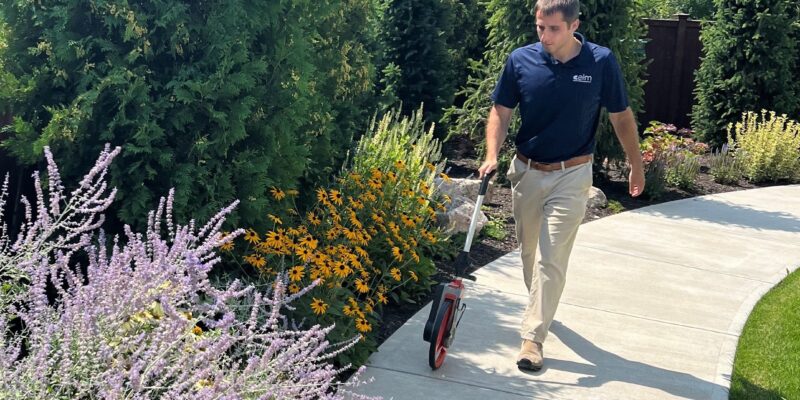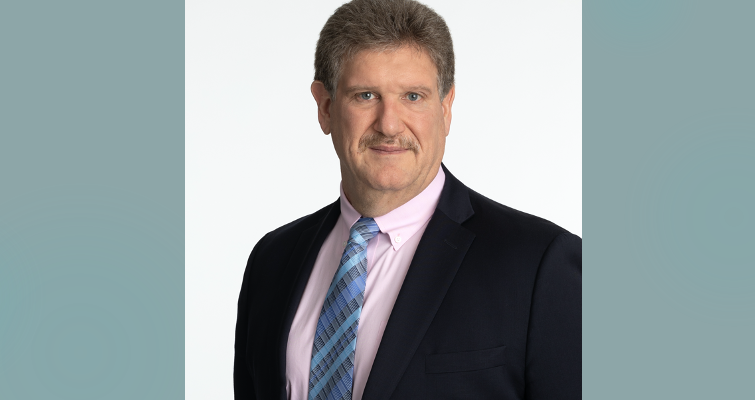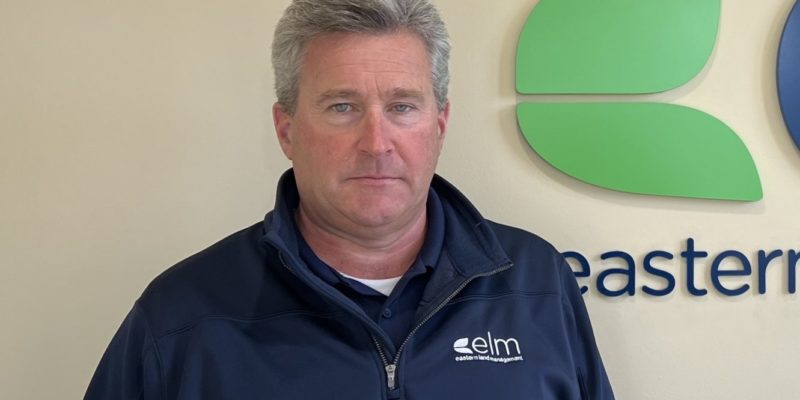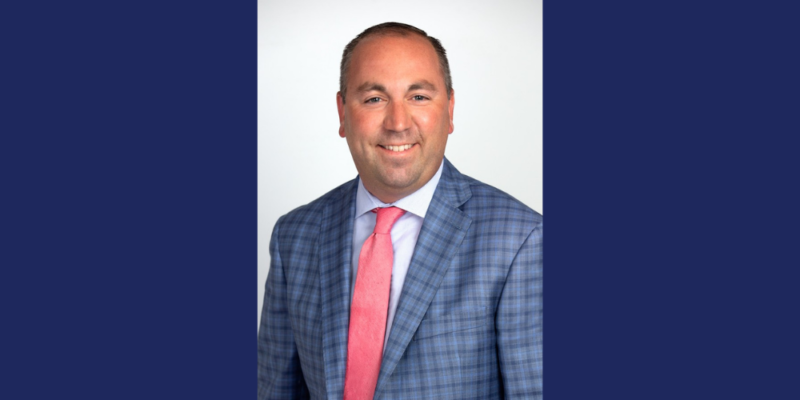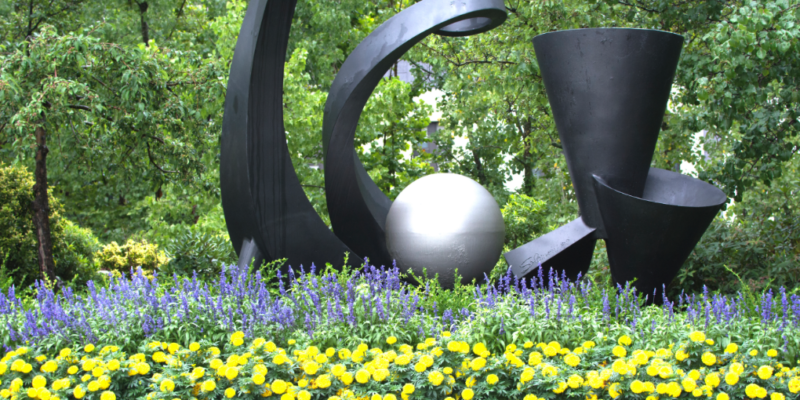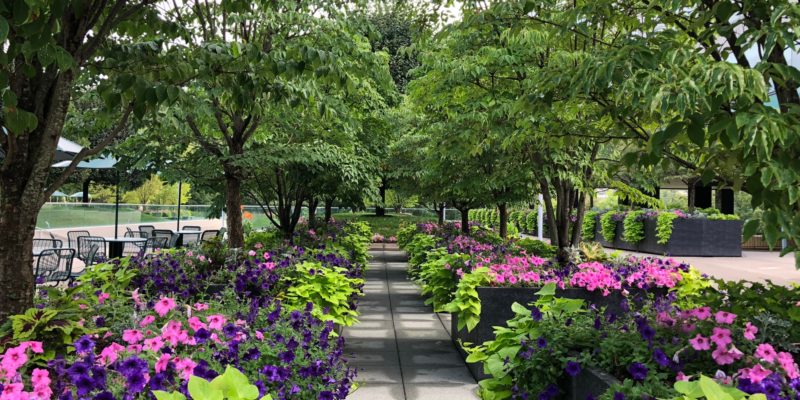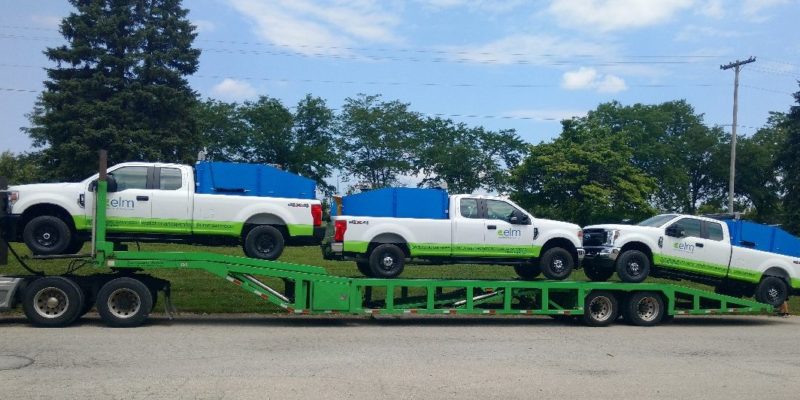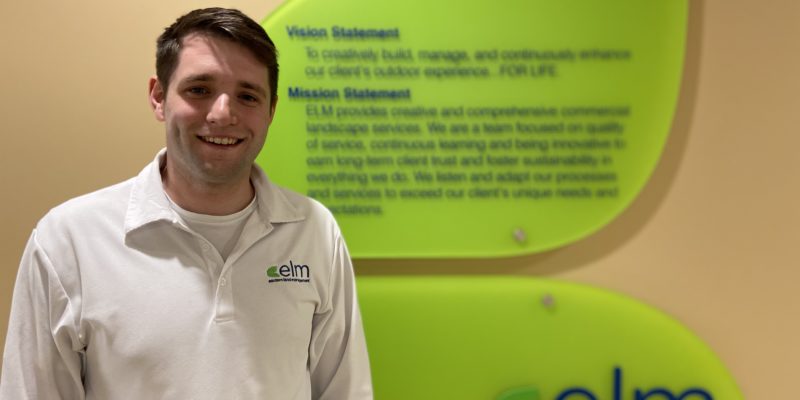A recent UConn grad with a Bachelor of Science degree in business administration is this summer’s intern.
“An intern with a path to the future,” says Bruce Moore Jr. who’s pegged Jordan as someone who adds the kind of high-energy talent that easily translates to a long-game role.
Jordan brings a lot of plusses to ELM: he’s Stamford born and raised. He worked in the hospitality industry through college, has had a passion for landscaping since forever, and likes being hands-on. Plus, he’s smart, a nice guy, and loves sports and family.
Jordan currently has his hands full with research projects, learning the lay of the land, and getting to know people and projects.
Jordan says, everyone has been so welcoming and helpful, he can hardly wait to grow his career while doing whatever it takes to support ELM’s success.
Welcome, Jordan. Go Huskies.

